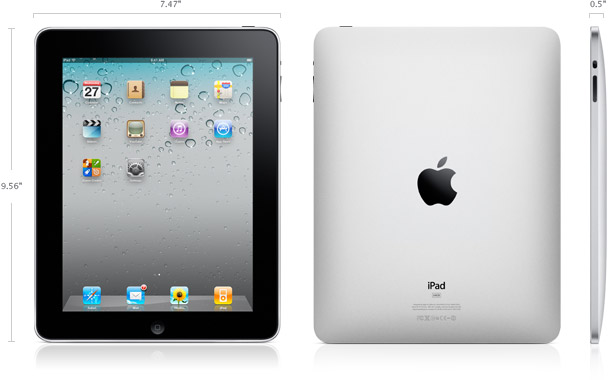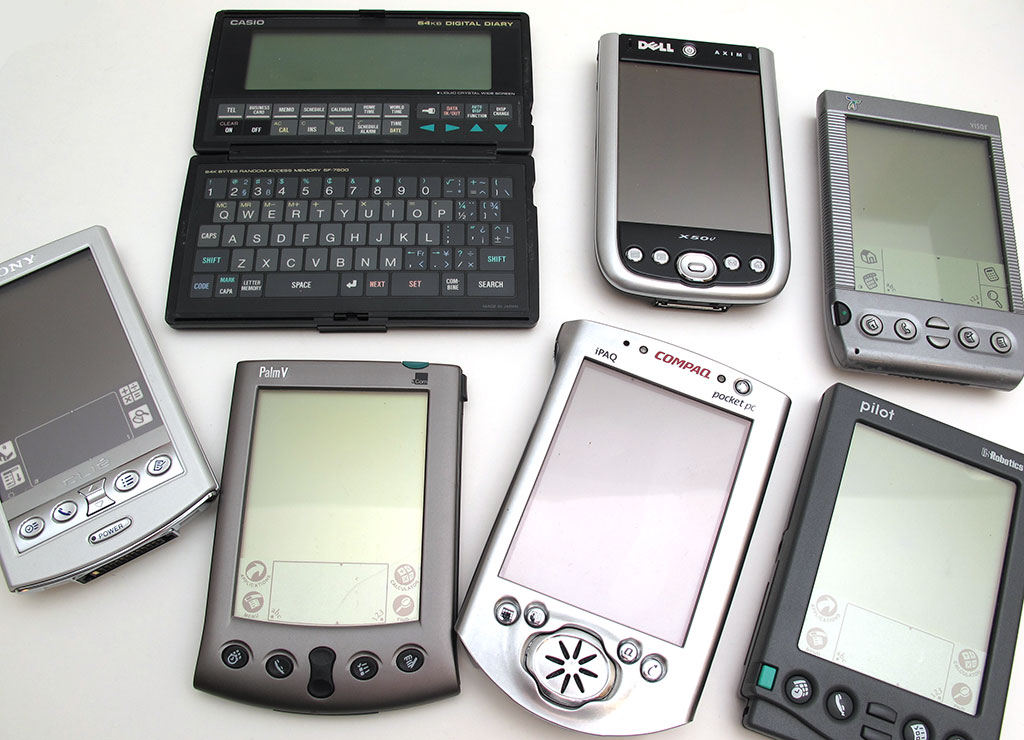Morgan Rushlow video responses- iPad videos
I viewed the videos about iPad usage and how it can help students with disabilities learn because it has features that help the deaf and blind to navigate the apps and do the tasks they intend to do. It has not only a speaking feature for the blind but a voice-command for the deaf and blind so they know exactly what they are doing and going to- however, i find that while the iPad is great because of these features it is best if someone is there helping the person navigate the iPad, because they may navigate to the wrong app or type the wrong thing. The features the iPad has will be good for use in teaching students with disabilities of any kind as well as those who are not disabled in any way. the iPad is a device that is versatile and can perform so many functions, although it is important to know how to use it best and to make sure that the users of these devices get the help they need in using it. I found some information about iPads on the web and found some pretty interesting things- such as this website states-http://www.edweek.org/dd/articles/2011/10/19/01speced.h05.html, iPads are helping students all across the board in their learning because it is helping with not only hearing and sight impaired students, but it is helping those who are having a hard time with communication skills such as those with autism as well. iPads are indeed having a major impact on learning outcomes and they have a very important role in the future of education, as apple states in its’ very own statement about its’ own creation,the iPad-http://www.apple.com/education/ipad/. iPad makes it possible to do so many things now that were not possible even 10 years ago when iPad was not even a thought in Apple’s mind, that it is an understatement to say that it is going to be transformative, as this website states-http://www.concordmonitor.com/news/8040411-95/ipads-bring-students-with-disabilities-new-ways-to-participate-excel-in-education, iPad lets you express yourself in a variety of ways and this is why students can learn communication skills better with it because there are so many ways for students to participate in class and so many different apps that creatively express yourself it is mind-blowing. Clearly mind-blowing is an understatement in terms of what the iPad can do and will do for not only learning but for everything. iPad is a truly amazing piece of technology and it is worth it for schools to try to see how it improves student learning outcomes. iPad is truly revolutionary. Sure iPad has its issues and is best used with a helper if needed, its’ benefits outweigh the problems with it.As a collaborative secondary education major I plan to use iPad in my future classroom for these reasons-because it can do so much and can inspire creativity in ALL students.
Samantha West video responses-
I am blessed to have all of my senses that I was suppose to have. As a student I know that a class can be difficult enough even for me. I do not know where I would be if I could not see or hear. I know that it is not only hard on the student, but it is hard on the teacher as well. It is a good thing we have more and more technology to help out these students and teachers understand and perform better. Braille books are very helpful for blind students. If you can read Braille. Also, most schools are going all digital. What do those students do then? How about if each student has an Ipad, a student who is legally blind might have one that will read the book to them. If we were listening to a book in class on day, a student who had hearing impairments could follow along on his Ipad. There are many ways our students can learn, and most of them have the drive to. On a website I found, they spoke about a student Karen, she was legally blind and they went through her day. She would sit in history class, and listen to the teacher speak about the American Civil War, as she took notes on her personal digital assistant (PDA). She then went to her English class where they were talking about the story To Kill a Mockingbird. Karen had downloaded an electronic copy on her PDA. That way she could read it with her braille. She also switched back and forth between the story, and taking notes. Later she went to the library with her partner for a project, and used the computer there. In the library there is a computer that whatever page she is on it will read it out to her. This makes things simpler for the librarian. She can stay busy doing her work while Karen gets done what ever she needs. Karen is a star student, and is at the top of her class. Karen was taught at a young age to use her resources wisely. There will come a time as a teacher that I might have to teach someone with a disability, and I will be ready for whatever it throws my way because you just have to remember the student is just as excited about learning as you should be to teach them. I got this information from www.afg.com.
Daniel LoVette
 |
| students using mountbatten braillewriter |
The Mountbatten braillewriter is something that I would definitely use in my classroom if the student had practice using it. There will be a lot of note taking of many things in my classroom so through the braillewriters ability to give audio feedback, the blind student will be able to participate more often in my classroom debates, projects, and even lectures.
If I were going to be a math teacher, there is no doubt that I would use Art Karshmer’s invention. He discusses how teaching math to the blind is difficult because all braille is linear and a lot of math problems require numbers to be stacked atop one another. Thus, he created a 3D grid that uses blocks with braille numbers on them. This way the bling student is able to work math problems like the rest of the class.




